All About Grinders
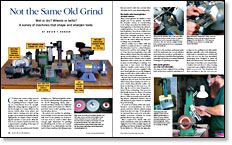
A grinder offers a quick way of sharpening dull edges and resurrecting nicked or chipped edge tools. There are many kinds of grinders on the market: the familiar electric bench grinder with two vertically mounted wheels, grinders with a horizontally mounted wheel or disc, single-wheel wet grinders that use a water bath to keep the stone cool, and hand-powered grinders that clamp to the bench. Prices range from $50 to about $400.
What Counts:
• Size of abrasive wheel
• Motor speed
• Quality of stock tool rest
• Single or double abrasive wheel
Standard grinders are shop mainstays
Standard grinders turn abrasive wheels at 3,450 rpm, the same speed as the shaft in the electric motor. If you’re not careful, a wheel turning at this speed can burn the relatively thin edge of a chisel or plane iron and remove its temper. Manufacturers also offer several slow-speed alternatives, including motors that run at 1725 rpm, half the usual speed, and variable-speed grinders that slow from 3,450 rpm to 2,000 rpm at the turn of a dial.
Wet grinders won’t burn a blade
Wet grinders incorporate a water bath that keeps the abrasive wheel, and consequently the steel in the blade, comfortably cool. One model turns very slowly — at only 90 rpm — and virtually eliminates the possibility of toasting a blade. Some horizontal-stone models also use water to keep the blade cool. Another type of horizontal grinder uses abrasives mounted on aluminum turntables rotating at 650 rpm. Wet grinders turning at a very slow speed are safer than a standard high-speed wheel, but they also tend to do their work more slowly.
Hand power limits the use
There also are hand-powered grinders on the market, including styles with and without a water bath. Some have hand cranks connected directly to the wheel; others use a gearbox to turn the wheel faster than the crank. Hand-powered grinders are useful when nothing else is available, but they’re also more trouble to use: it takes two hands to guide a tool across the wheel comfortably, and one of them will be occupied regularly with keeping the wheel going.
Consider wheel sizes and accessories
A 6-in. wheel is about the smallest useful size for grinding edge tools. It leaves a hollow bevel whose edge can be honed quickly on a stone. Many woodworkers prefer 8-in. wheels because the hollow is less pronounced and the edge of the tool is left that much thicker. Larger wheels leave an even flatter bevel.
Tool rests are an important consideration when shopping for a grinder. If the rest seems flimsy or doesn’t offer enough adjustment (and that’s not unusual), plan on buying an after-market rest from one of the many companies which offer good alternatives. Other worthwhile accessories include a stone dresser to keep the abrasive wheel true, as well as a good-quality abrasive wheel. The gray aluminum oxide wheels that come as standard equipment on many grinders can be replaced with a softer, more friable aluminum oxide wheel that cuts faster and stays cooler.
Fine Woodworking Recommended Products
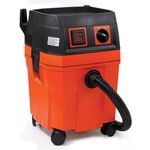
Fein Turbo II HEPA Wet/Dry Dust Extractor

Double Sided Tape

Bessey EKH Trigger Clamps
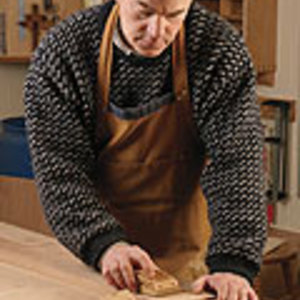



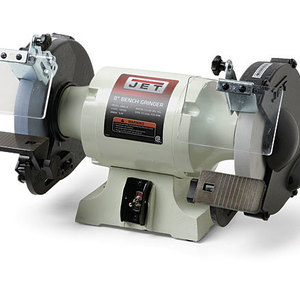

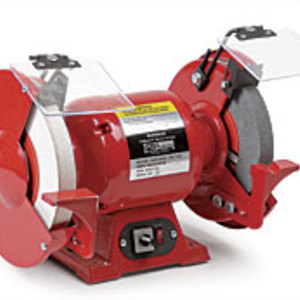
















Log in or create an account to post a comment.
Sign up Log in